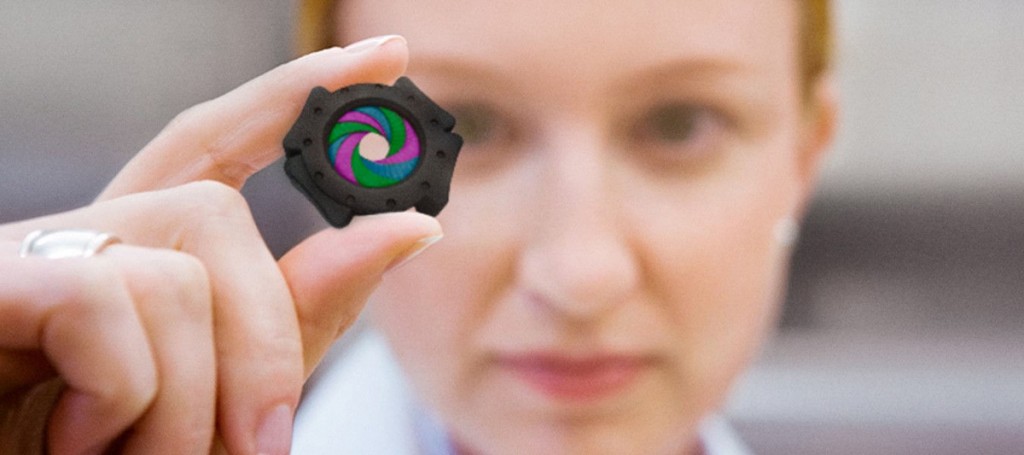Just about everyone is tired of the razor and blade model of inkjet printing, which seems not only wasteful for those cartridges that aren’t recycled and expensive. When 3D printing was made a desktop phenomenon, Makers proudly dispensed with this highway robbery for an open platform all around, including the filaments that might be used with desktop FFF machines. Now, the company partially responsible for wasted cartridges and dollars is about to change the way industrial 3D printing looks at materials as well. In an interview with The Register, HP CTO and Director of HP Labs Shane Wall has said that their MultiJet Fusion technology will have a somewhat open approach to materials.

HP’s MJF systems will hit the 3D printing space this fall, potentially having a huge impact on the 3D printing space. MJF has been described by HP as being ten to one hundred times faster than other industrial 3D printing processes, as well as around 20% less expensive and capable of producing parts stronger than FDM. Though color is an obvious benefit, it’s actually the ability to control the material properties of a printed part at the voxel level that makes the technology so powerful and versatile. Wall elaborates, “We really believe with this technology that we have something incredibly disruptive… that will fundamentally change the industry. We can change the characteristics of every voxel: the colour; the hardness; the flexibility; the translucency; and printed electronics.”
The big news here, though, is that HP will be a somewhat open platform. Outside businesses will be able to use the MJF API to tailor new materials to the system. Wall says, “We’ll still have print and supplies but our model will be different; we will open up the platform so people can have other supplies that come in. They’ll [other suppliers] have access to our APIs through an SDK that allows them to programme to the printer itself, and we’ll allow people to come in and do very disruptive new materials that they wouldn’t have been able to do before. [This is] very different from HP and very game changing.”
This is not just huge for a large manufacturer accustomed to price gouging with proprietary materials, but huge for the industry as a whole. Unlike 2D materials, which are limited in terms of applications, 3D printing materials have vast potential for experimentation and development. With HP’s material expertise, they will surely be able to concoct some unique formulas for MJF, but allowing other experts in on the process expands these possibilities exponentially, expanding the system from thermo-plastic dependent to new, un-thought-of materials. The same way that open source FFF 3D printers evolved so much so quickly, we may see materials for MJF evolve rapidly as well.


Leave A Comment